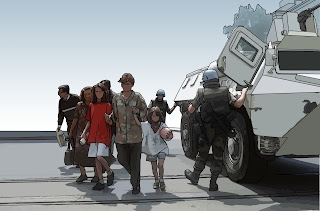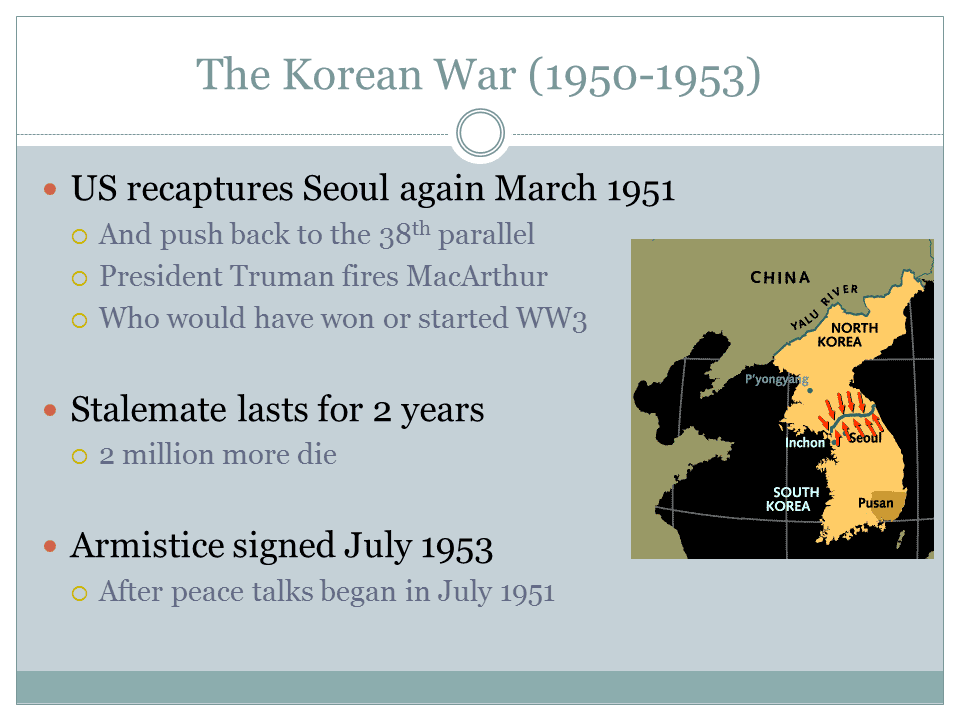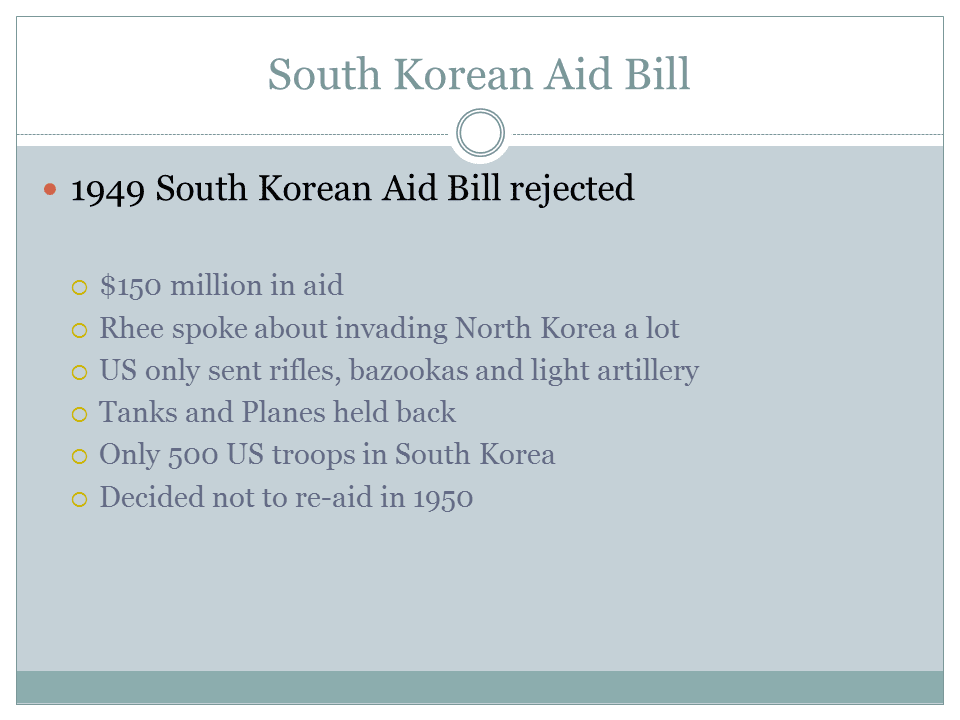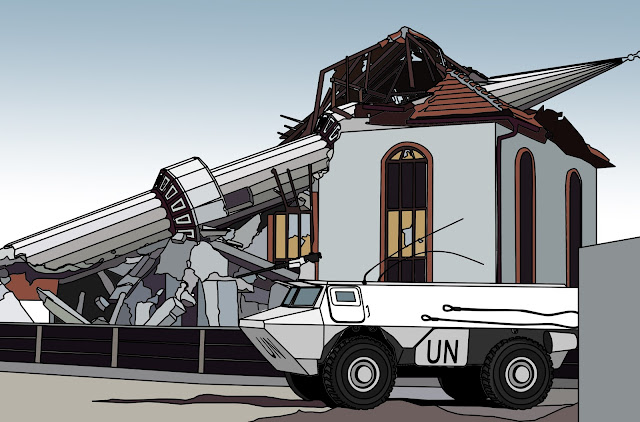Game Design Degree progress blog of British student Rob Goddard. Research, Concepts and Developments from the three modules.
Monday, 29 October 2012
Saturday, 27 October 2012
Friday, 26 October 2012
Thursday, 25 October 2012
Wednesday, 24 October 2012
XB3001 - Concept Document Near Final Text
1.0 Games Overview
Under Cover of Darkness is a first person video game set amid the atrocities of the Siege of Sarajevo. The capital of Bosnia and Herzegovina was attacked on the 5th of April 1992 and was held siege for 3 years, 10 months, 3 weeks and 3 days before agreements were met on the 29th of February 1996; the longest siege of a capital city in modern history. Over 8,000 soldiers lost their lives but the true tragedy lies in the 68,000 civilians killed or wounded.
The game is presented in a non-photorealistic art style acquiring a rotoscope-style cel shaded reality. This allows the player to distance themselves from the reality of the events in addition to help prevent glorification of the subject. It also makes the subject matter more accessible to younger audiences and hopefully affects something on their decisions in their lives.
Split into two chapters Under Cover of Darkness first follows cameraman Martin Bell in the opening days of the siege, with minimal use of weaponry in this section the player will rely on tactical evasion with more of an observational/explorative role, assisting locals and soldiers as opposed to being directly involved in the conflict.
The second chapter set 2-3 years later (after NATO forces have intervened to relieve the city of siege) sees the player take up the role of Jeremy Bowen a squad leader in the NATO contingent. Here weaponry is much more available but the player is encouraged and rewarded to seek out peaceful/non-violent solutions by instructing squad members to stand-down or directing civilians to safety.
In these two chapters the player re-visits the same locations after several years of war and destruction, emphasising the scope of the horrors that took place. In addition to this the game is grounded with the use of real footage being blended into cut-scenes. The game is designed to impact upon the player the seriousness and reality of the situations portrayed, especially as those of younger generation are likely to be unaware of the conflict.
The importance of morality is reflected in the gameplay too, with player’s actions and conversations directly affecting AI attitude toward the character.
2.0 Game Narrative
Under Cover of Darkness is set during the Siege of Sarajevo (1992-1996) and stays as true and factually accurate to the events as interactive media allows.
Bosnia and Herzegovina, 1992, tensions are high after Bosnia and Herzegovina has declared independence from Yugoslavia. Serbs wish create a new Bosnian-Serb state, Republika Srpska, claiming Bosnian territories are theirs. Peace rallies are held in Sarajevo - the capital – before a Serb gunman starts shooting protestors. Events spiral out of control; the Army of Republika Srpska encircles the city 18,000 strong blocking all escape on May 2nd 1992. 1,000 lives are lost in the first month.
Martin Bell is a photo journalist who travels to Bosnia to document the peaceful protests for the BBC. His focus is quickly shifted to the conflict where he documents the atrocities and assists civilians, the Bosnian forces, the UN and the NATO peacekeepers. The player follows Martin through to November 1992.
Play resumes in February 1995, Jeremy Bowen – a NATO peacekeeper - is drafted in a push to try and relieve Sarajevo of its oppressors. Tailed by Martin Bell Jeremy Bowen is a squad leader of the NATO peacekeepers. Commanding 5 squad members Jeremy must try and generate peace whilst supressing the Serb forces. The player follows Jeremy through to the end of 1995 when the siege ends.
3.0 USPs [Unique Selling Points]
3.1 Communication System
The player is required to communicate with the AI throughout the game. This is controlled through voice commands designed to be played with a headset; although for those without a headset a speech menu system has also been designed. Under Cover of Darkness brings added depth to this mechanic however as this interaction can initiated with any character in the game, this importantly includes allies, civilians and opposing soldiers.
3.2 Consequence System
This system of AI tracks and reacts to your choices; actions and conversations in and out of combat; forcing the player to react to the game as much as it reacts to them. Characters will give unprompted feedback on your actions – indicating to the player that they are or aren’t playing the game correctly. Player choices will cause teammates to be helpful or ignorant; civilians will respect or resent what is said to them, foes may even be convinced to lay down arms. This does not affect the game but greatly affects how it is experienced.
3.3 Use of Live Footage
Under Cover of Darkness is as much a moral experience as it is an interactive one.
“The siege of Sarajevo, as it came to be popularly known, was an episode of such notoriety in the conflict in the former Yugoslavia that one must go back to World War II to find a parallel in European history. Not since then had a professional army conducted a campaign of unrelenting violence against the inhabitants of a European city so as to reduce them to a state of medieval deprivation in which they were in constant fear of death. In the period covered in this Indictment, there was nowhere safe for a Sarajevan, not at home, at school, in a hospital, from deliberate attack.”
— Prosecution Opening Statement, ICTY vs Stanislav Galić, 2003
This game is not designed to glorify the subject matter that it tackles; and whilst gameplay encourages the player to act morally the visual impact of revisiting a location after years of conflict is much more impacting. Similarly cut-scenes will integrate real footage and photographs to further root the experience for the player emphasising the reality of the issues tackled.
3.4 Character Legacy
At the end of the game – in the credits - the player is shown how they have performed, giving them media representations of their actions. Using the journalistic cameraman as a guise the game picks out the player’s actions, weighing out the good from the bad. Each time the player commits an act of moral integrity or ignorance the game takes an in-engine photo from the third person. In this credit sequence the player will be portrayed as a peacemaker and/or a tyrant in a news report fashion.
4.0 Game Mechanics
4.1 Movement
 The player controls a normal biped human character and can move/pivot 360°. The character has two main movement speeds; walk and sprint – however walking is pressure sensitive and will move at top speed when held. Whilst sprinting the player loses the ability to shoot if a firearm is equipped as this is designed as an evasive ability.
The player controls a normal biped human character and can move/pivot 360°. The character has two main movement speeds; walk and sprint – however walking is pressure sensitive and will move at top speed when held. Whilst sprinting the player loses the ability to shoot if a firearm is equipped as this is designed as an evasive ability.4.1.1 Jumping
Whilst standing the player is able to jump. This can be used to evade an enemy or explosion, jump over an obstacle or bridge a medium distance gap.
4.2.2 Stance
 By default the player is standing upright where they can walk, sprint and jump. They do also have the option too crouch or go prone.
By default the player is standing upright where they can walk, sprint and jump. They do also have the option too crouch or go prone. Crouching steadies the players view, reducing swaying and recoil. It also reduces their profile making them a smaller target and better for hiding behind objects. Movement speed is impeded slightly, the player cannot sprint or jump whilst crouching – attempting to do so will cause the character to stand.
Going prone (or lying down) provides the steadiest position and is designed for hiding or crawling through tight spaces. Movement is impeded greatly, the player cannot sprint or jump whilst crouching – attempting to do so will cause the character to stand.
4.2 Combat
 Inclusion of a combat system in Under Cover of Darkness comes with the setting of the Siege of Sarajevo. And although players are encouraged to remain moral many conflicts are inevitable.
Inclusion of a combat system in Under Cover of Darkness comes with the setting of the Siege of Sarajevo. And although players are encouraged to remain moral many conflicts are inevitable.4.2.1 Ranged Combat
The majority of modern warfare is ranged combat whether it is gunfire, explosives, air support, vehicles or ordnance.
4.2.2 Close Combat
 The player will only have a combat knife for close combat. Close combat is usually for desperate, frantic, reactionary moments – for example a player goes to assist a wounded civilian who turns out to be waiting for the opportunity to attack them, the player will have to very quickly attack back.
The player will only have a combat knife for close combat. Close combat is usually for desperate, frantic, reactionary moments – for example a player goes to assist a wounded civilian who turns out to be waiting for the opportunity to attack them, the player will have to very quickly attack back. 4.3 Weaponry and Equipable Items
Players are able to equip primary items (cameras or guns for example) and secondary items (grenades, phone for support or med-kits for example). Secondary items and ammo can be stored in the player’s inventory primary items cannot be stored and must be carried.
4.3.1 Primary Equipables
Primary equipables are items that are carried by the character. Only two may be carried at any one time. If a player tries to pick up a new primary item whilst already carrying two, then the item equipped is dropped and replaced with the pickup.
4.3.2 Secondary Equipables
Secondary equipables are items that can be stored in the character’s inventory. Up to eight may be carried at any one time, but only one can be equipped at a time. If a player’s inventory is full they are unable to pick-up anymore items.
4.3.3 Tertiary Equipables
Tertiary equipables include items that do not take up any slot. Primary examples of this include ammunition, maps, and binoculars. These are capped but do not affect gameplay in any other way.
4.4 Object Interaction
Players will often need to pick-up or interact with an item, vehicle or person. Interactable objects include weapons, equipable items (detailed in 4.3), vehicles (detailed in 4.7), doors, characters and collectibles. Interacting with the object will cause a reaction, the reaction differing dependant on the object.
 4.7 Vehicles
4.7 Vehicles
Players will encounter vehicles throughout the game and are often the key to mobility.
The characteristics of the vehicle vary between types, for example a truck is mobile, lightly armoured, un-protected but can transport several men; whereas a tank is slower, heavily armoured, well-armed, but can only carry a few men.
4.7.1 Controls
Player controls differ slightly when in a vehicle. The main changes being when in a driving seat the triggers become the throttle [RT] and reverse [LT] and when in a support seat the triggers will control a weapon if available.
4.7.2 Camera
 When a character is driving a vehicle the camera changes to third person but can be changed to a first person view if desired [Y].
When a character is driving a vehicle the camera changes to third person but can be changed to a first person view if desired [Y]. When the character is in a support seat the game is still played in the first person – as this person does not need to see the surroundings of the vehicle.
4.8 Consequence System
 This system of AI tracks and reacts to your choices, actions and conversations in and out of combat.
This system of AI tracks and reacts to your choices, actions and conversations in and out of combat. 4.8.1 Team Feedback
Characters will give unprompted feedback on your actions – indicating to the player that they are or aren’t playing the game correctly.
4.8.2 Trust
 All characters in the game can be interacted with, however only those whom a bond of trust is formed with will respect what you say. This bond can be formed in many different ways, conversing with them, protecting them, giving them food or supplies, a simple acknowledgement may even be enough.
All characters in the game can be interacted with, however only those whom a bond of trust is formed with will respect what you say. This bond can be formed in many different ways, conversing with them, protecting them, giving them food or supplies, a simple acknowledgement may even be enough. The player has to trust characters as well, bodies may be booby trapped or a wounded person may simply be trying to lure you in. (Red Dead Redemption)
4.8.3 Character Legacy
 In the first chapter of the game the player assumes the role of a journalistic cameraman, then in the second chapter the role changes to that of a NATO squad leader, but the journalist that the player assumes in the first chapter is present, tailing the NATO squad. At the end of the game – in the credits - the player is shown how they have performed, giving them media representations of their actions. Using the journalistic cameraman as a guise the game picks out the player’s actions, weighing out the good from the bad. Each time the player commits an act of moral integrity or ignorance the game takes an in-engine photo from the third person. In this credit sequence the player will be portrayed as a peacemaker and/or a tyrant.
In the first chapter of the game the player assumes the role of a journalistic cameraman, then in the second chapter the role changes to that of a NATO squad leader, but the journalist that the player assumes in the first chapter is present, tailing the NATO squad. At the end of the game – in the credits - the player is shown how they have performed, giving them media representations of their actions. Using the journalistic cameraman as a guise the game picks out the player’s actions, weighing out the good from the bad. Each time the player commits an act of moral integrity or ignorance the game takes an in-engine photo from the third person. In this credit sequence the player will be portrayed as a peacemaker and/or a tyrant. 4.9 Communication System
 The player is required to communicate with the AI throughout the game. This is controlled through voice commands on a headset, or through a speech menu system similar to that of the Battlefield or Counter Strike games. Under Cover of Darkness brings added depth to this mechanic however as this interaction can initiated with any character in the game.
The player is required to communicate with the AI throughout the game. This is controlled through voice commands on a headset, or through a speech menu system similar to that of the Battlefield or Counter Strike games. Under Cover of Darkness brings added depth to this mechanic however as this interaction can initiated with any character in the game. This ties in heavily with the Consequence System with the involvement of trust. For example, if a player has not been acting humanely colleagues and civilians will not respect their orders often resulting in an opposite reaction.
Labels:
XB3001
Tuesday, 23 October 2012
Subscribe to:
Comments (Atom)









































